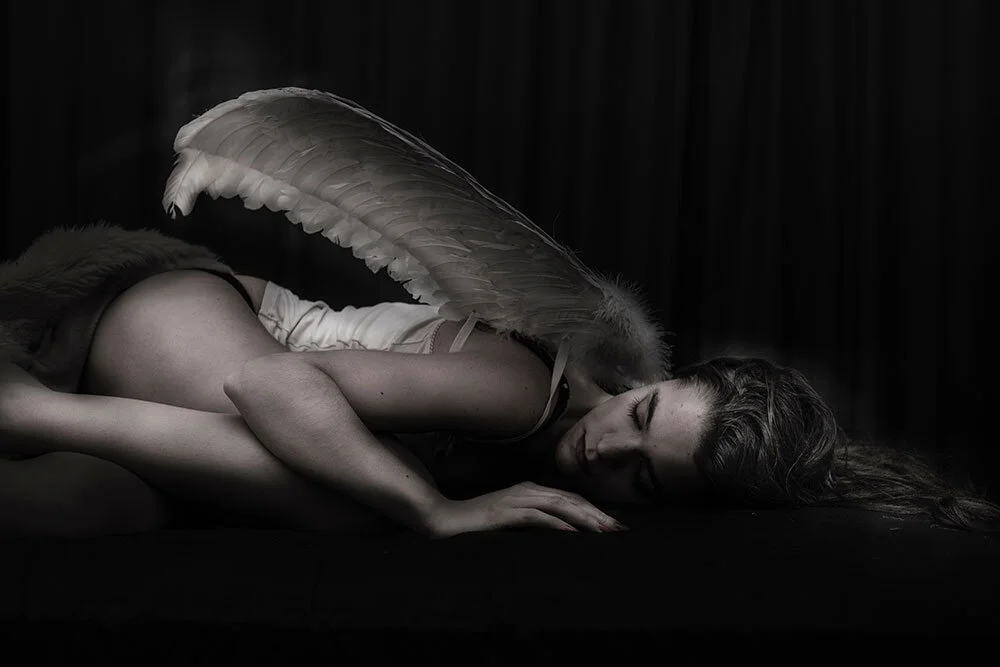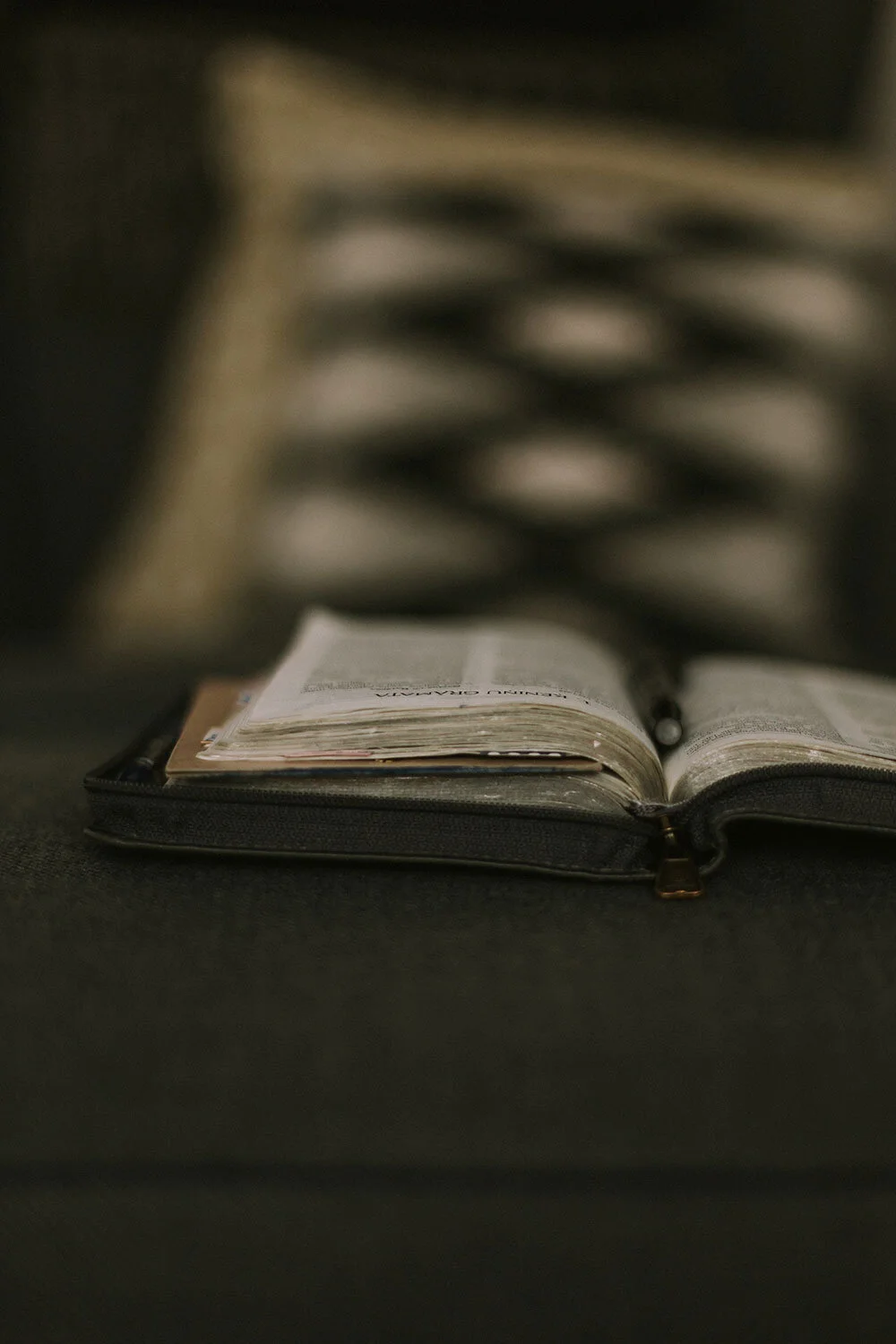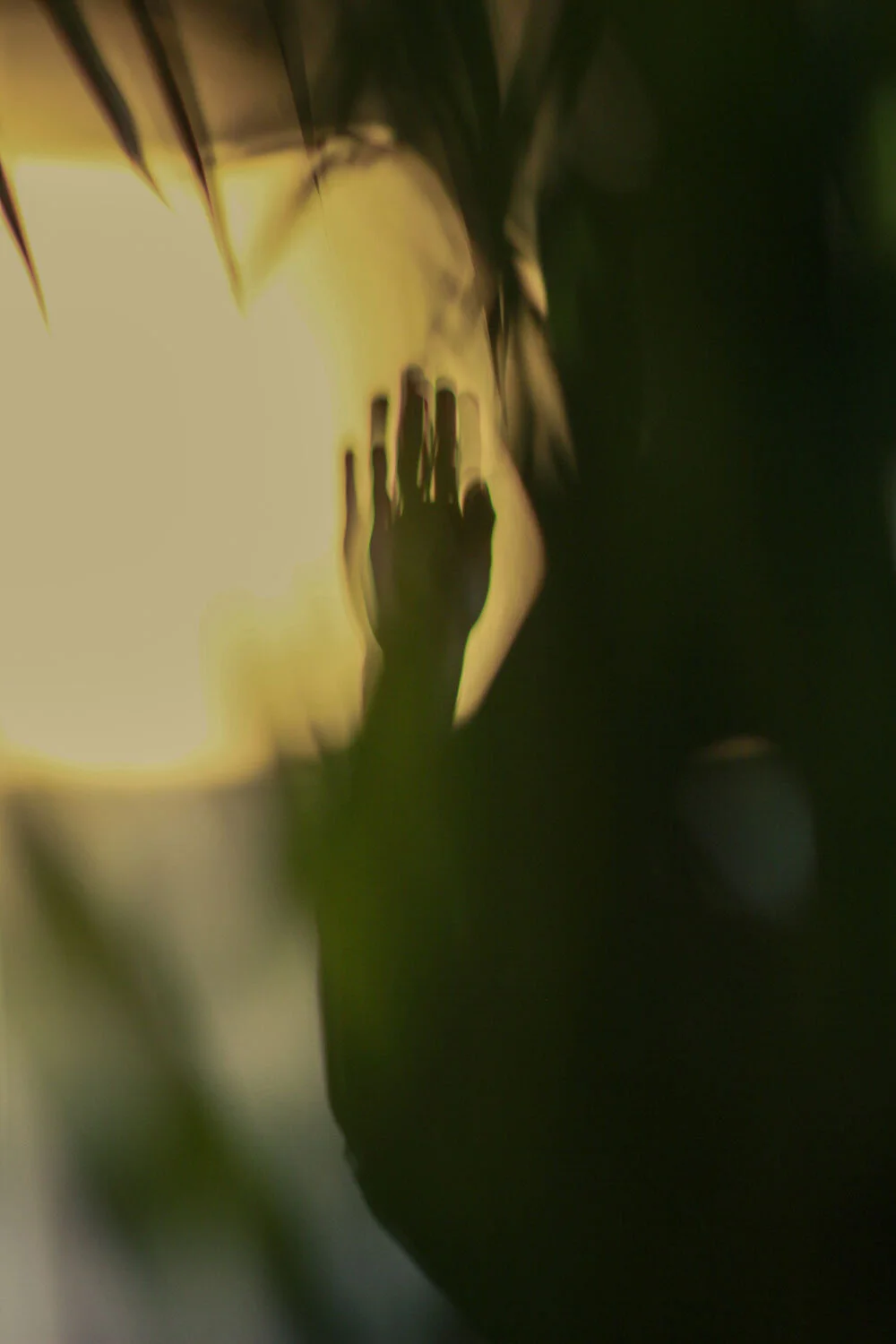My Writing Process Blog Tour
I’m thrilled to participate in the My Writing Process Blog Tour. The four simple questions I was asked have acted as anchor and star in what I hope will be a new cycle of focused creativity and growth.
A big thank you to the exceptionally talented, prolific and generous, Doug Cushman, for the giving me the opportunity to contribute. Doug’s latest book, Pumpkin Time!, written by Erzsi Deàk is now available from Source Books.
What am I working on?
I’m working on two projects at the moment: Sophie Jack Crow is a middle grade book for girls about families, belonging and the clash of traditional verses modern magic. Georges, the Demon and the Making of Magic is a creative picture book biography of the early French filmmaker, Georges Méliès. It’s essentially the story of a man and his muse – a brilliant but cantankerous drawing demon. Both books explore what it means to stay true to yourself when the times and their values are changing.
How does my work differ from others of its genre?
I think my work has an edge. Part of that comes from the fundamental assumption that magic is real and always has been – whether it’s the old magic of witches and the spirits of land, sea and sky, or the power of inspiration, hope and connection. Most people I know crave more magic in their lives. I feel my writing creates a space where a reader can run smack into it, believe in it for a while and ultimately, if they so choose, start creating a little more of it for themselves.
Why do I write what I do?
I could quote the Mary Oliver poem “The Summer Day” in response to this question. Why do I write what I do? Because I don’t have the answers and it’s only in writing what I see and feel that I know it is sometimes enough that I remember to ask the questions. I do know how to pay attention though, and I can still fall into long grass on my knees, feeling idle and blessed.
There is something about the speed of our lives today that is squeezing the magic of true connection out of the world. Maybe, if we make time to read and conjure up the images created by the words of gifted writers or if we find time to contemplate the complicated eyes of a dragonfly, we can bring it back again. Catching and sharing a little of that magic is why I tell the stories I tell.
When Mary Oliver asks at the end of that same poem –
“Tell me, what is it you plan to do
With your one wild and precious life?”
I proudly reply – I write stories to help us remember.
To hear the wonderful Mary Oliver reading “The Summer Day” please check https://www.youtube.com/watch?v=16CL6bKVbJQ
How does my writing process work?
I’m easily caught by ideas. Almost anything can get me going – the juxtaposition of old and new, dark and light, male and female. Once I’ve felt the shiver of a story or character close by, I let it take up residency in me. I create a world around it and explore facets of the one it has come from, burying myself in books on the same subject or visuals of the time period. I don’t start writing until I can see the world my protagonist lives in and hear his or her voice in my head. And I usually only begin writing when I can say the opening paragraph of that unwritten story out loud.
Once I start I’m hooked. I write three or four hours a day, starting at the beginning of the story and working all the way through to the end of my first draft. I write at least a chapter a day sometimes more, always leaving the writing on a cliff hanger so I can slip back into the story easily the next day.
After I’ve written myself out (I’m generally less productive after three hours of new writing), I work on the more technical side of a piece – the mechanics of plot and pacing, the writing of different lengths of synopses, the balancing out of conflict and story sags. I write monologues that won’t appear in the book. I draw charts connecting characters and flow diagrams connecting time and space and keep them in clear coloured files. When I finish writing for the day, my white glass desk is immaculate but the room I’m writing in is awash with images – mood boards for characters and places that appear in the story, odd details in photos torn from glossy magazines – anything that allows me to bathe in the essence of the story I’m working on without actually writing more of it.
Once I have a first draft I tend to leave it for a month to let it settle. Then I go back, hopefully with fresher eyes, and read it with a view to revising. And my revision process, well now, that’s a whole other story. . .



